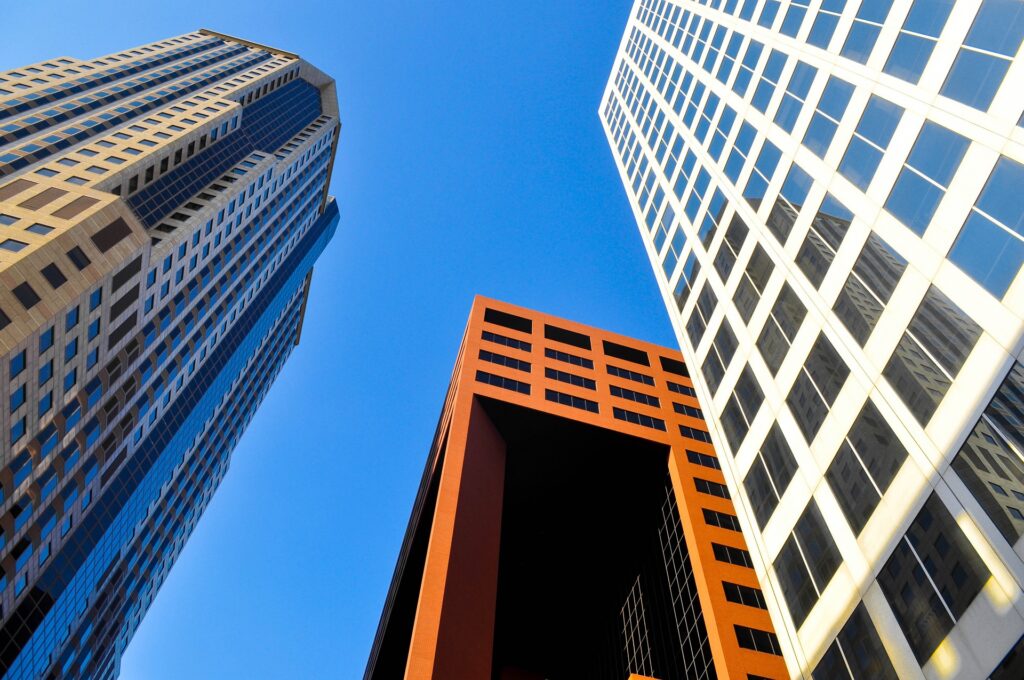Need a Building Loan? Here’s What Banks Look For
Local Law 97 mandates that all New York City buildings above 25,000 sq. ft. comply with energy efficiency standards by 2024 or face fines which incrementally increase. Perhaps you’ve already budgeted for an analysis of what it will take to lower your buildings’ carbon emissions. You’re still probably going to need a loan for the …
Need a Building Loan? Here’s What Banks Look For Read More »



